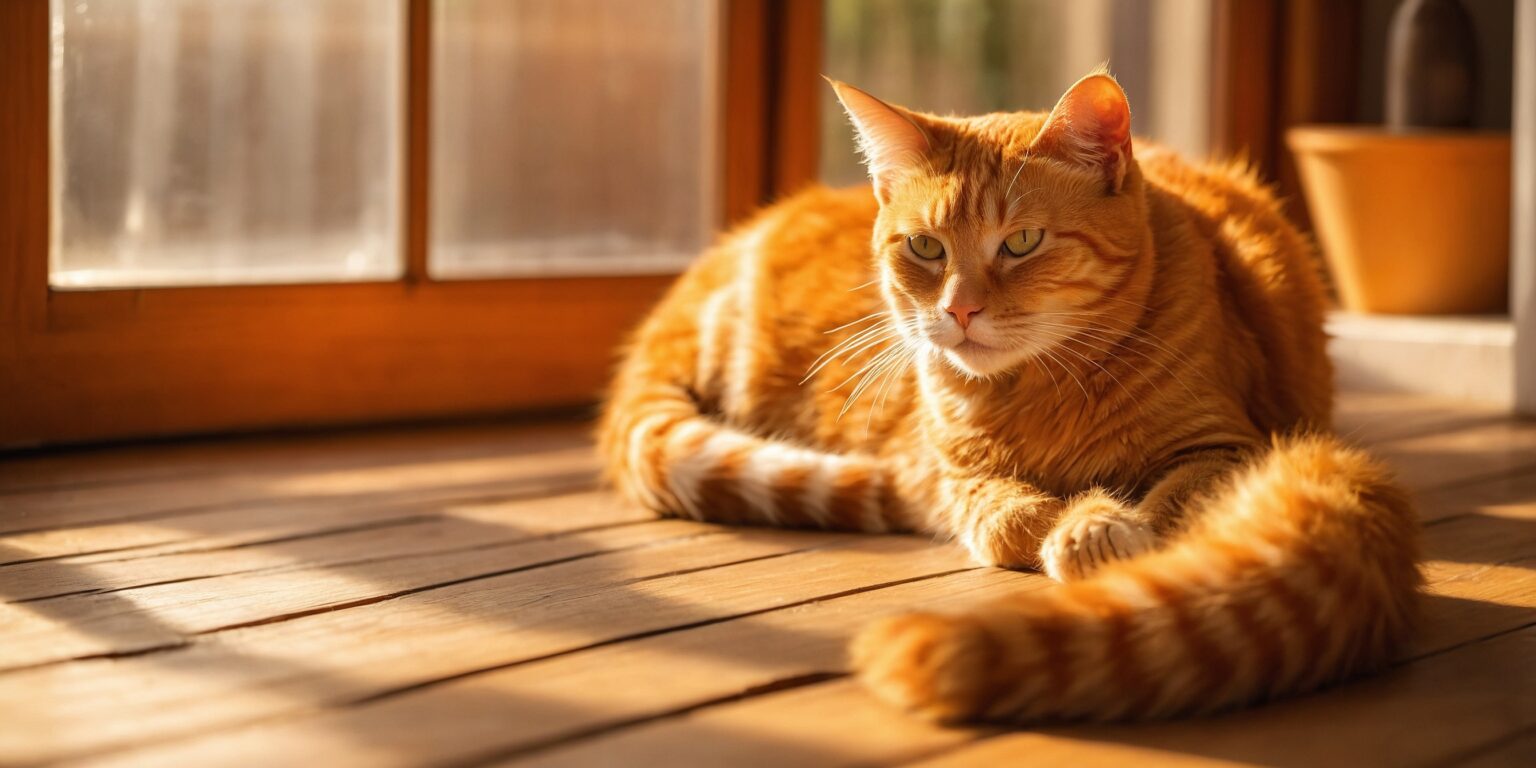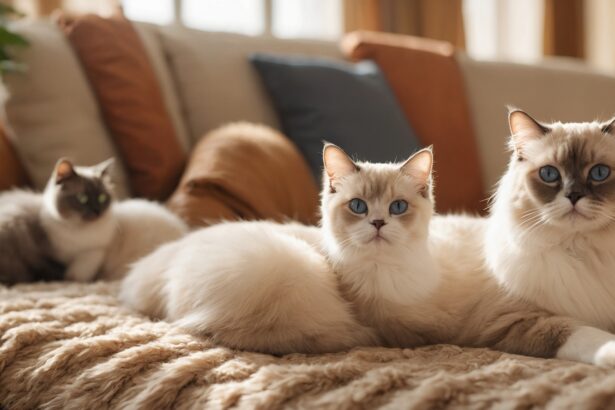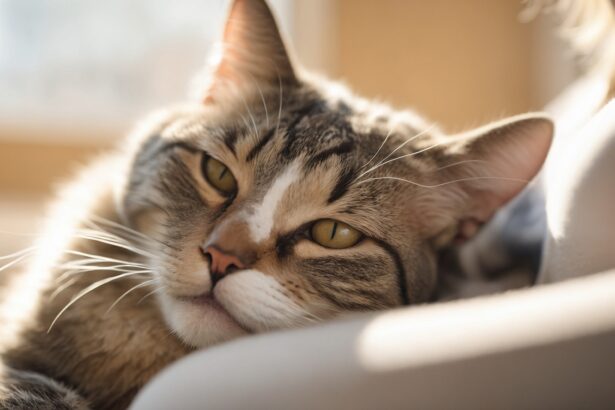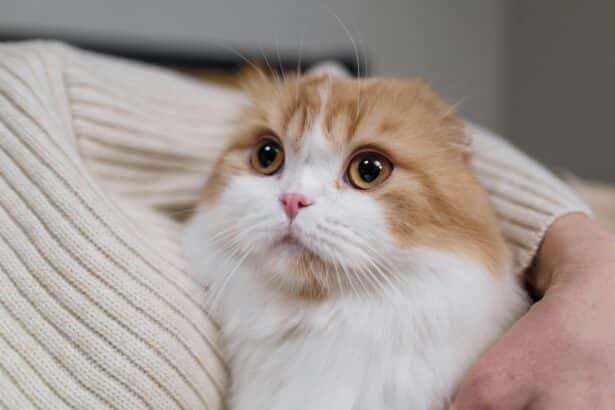There’s something irresistibly sunny about ginger cats. That glowing coat, the twinkle-in-the-eye charm, and the folklore that follows them everywhere… no wonder they’re unforgettable. Ready to peek behind the whiskers and discover their most surprising secrets?
A flamboyant coat written in the genes
Ginger isn’t a breed, it’s a color linked to a specific gene on the X chromosome. Because of that, most ginger cats are male, while females need two copies of the orange gene—hence why orange queens are rarer. And here’s a fun truth: all ginger cats are tabbies, even when their stripes are faint.
Curious about where that story begins? Take a little detour through the feline family tree and meet their ancestor.
Shades and patterns you’ll spot
- Patterns: classic swirl, mackerel stripes, spotted, and ticked—ginger shows them all.
- Tones: from deep pumpkin to soft cream, with warm highlights in natural light.
- Surprising detail: many orange cats develop cute freckles (benign lentigo) on the nose, lips, or gums. If a spot changes shape or bleeds, a vet check is wise.
Want to explore the rainbow of feline coats beyond orange? Here’s a handy guide to coat colors.
Personality: sunshine with a pinch of spice
Ask around and you’ll hear it: ginger cats are often described as social butterflies—mischievous, cuddly, and very people-savvy. That said, personality isn’t painted on by the coat. Your cat is wonderfully unique, with her own tastes (and opinions about dinner).
Looking for deeper insight into orange feline quirks and communication? Browse this friendly ginger cat behavior guide.
A practical tip to try tonight
- Play–feed–sleep ritual: end the evening with a 10-minute prey-style play session (chase, pounce), then offer a small wet-food snack. This mimics hunt–eat–groom–sleep and helps curb the 3 a.m. zoomies.
A common mistake to avoid
Choosing a cat by color alone. Ginger, gray, or tortie—coat doesn’t guarantee temperament. Meet the cat, ask about her habits, and focus on energy level, noise tolerance, and social comfort. A perfect match beats a perfect hue every time.
Ginger cats in pop culture and lore
From Garfield’s nap-first philosophy to Puss in Boots’ irresistible gaze, orange kitties steal scenes and hearts. In Irish folklore, ginger cats were linked with good fortune; in many modern stories, they radiate warmth and mischief—just like the sunbeams they love to nap in.
Health: myths, realities and easy care
Myth: ginger cats have special health problems. Reality: color isn’t a diagnosis. Orange cats share the same needs as any other—balanced nutrition, routine vet care, and daily enrichment. Cats with light ears and noses can be sensitive to sun; offer shade during strong midday rays.
Quick care checklist
- Balanced meals at set times; avoid “free-piling” treats. If you’re refining your routine, explore our advice on feeding your cat.
- Regular vet visits, dental checks, and parasite prevention.
- Grooming: once a week, brush with a soft slicker or silicone glove, then wipe the coat with a slightly damp microfiber cloth to reduce static and bring out that ginger glow.
- Mind and body: daily play, scratching posts, climbing shelves, and a comfy window seat to watch the world drift by.
Bottom line? Ginger cats are more than a color—they’re a mood. A splash of sunshine on four paws, wrapped in biology and sprinkled with stories. Celebrate yours for who they are: one-of-a-kind.
FAQ
Are ginger cats always male?
No. While most ginger cats are male due to the X-linked orange gene, females do exist—they simply need two copies of the gene. That’s why orange girls are less common but absolutely possible.
Do ginger cats have a specific temperament?
Many people find them friendly and social, but temperament varies by individual and early experiences. Meet the cat, not the stereotype.
Are ginger cats prone to special health issues?
Not because of their color. Their health needs are the same as any cat’s: good nutrition, preventive vet care, and daily play. Offer shade if your cat has pale ears and nose.
Which breeds can be ginger?
Ginger appears across many breeds and mixed-breed cats, including Domestic Shorthair/Longhair, British Shorthair, Maine Coon, Persian, and more. Remember: ginger is a color, not a breed.







